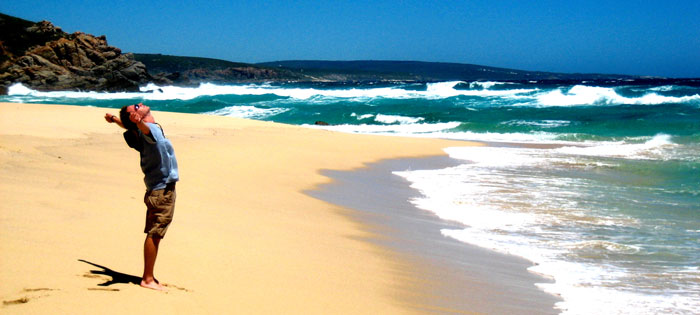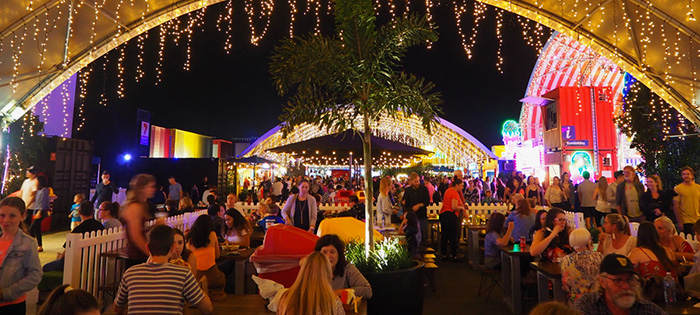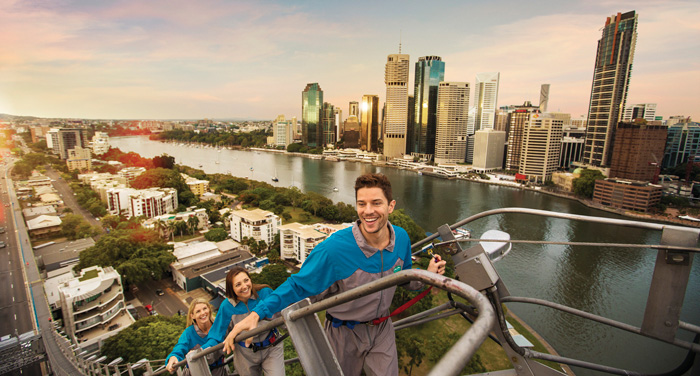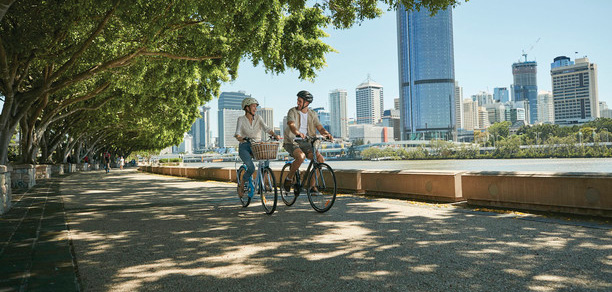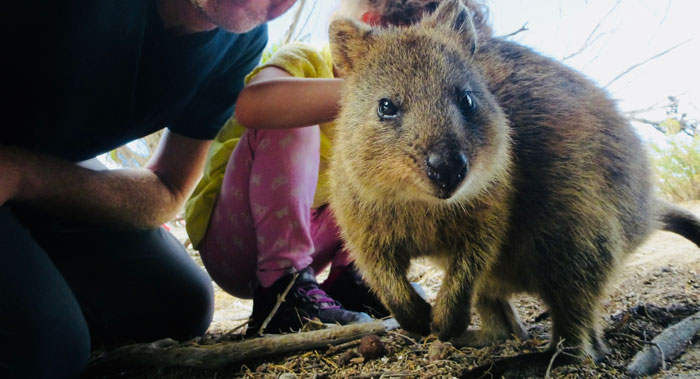
Not long ago, the only animal most people could name with a “q” was the quail. Social media has since disrupted the animal alphabet, thanks to a small, friendly marsupial with a penchant for goofy faces, and an enthusiasm for selfies. Quokkas are hot, and #quokkaselfie is officially a thing, which is good news for the place you’re most likely to encounter them. Rottnest Island is a half hour fast ferry crossing off the coast of Fremantle WA, and even if the quokkas weren’t so dependently adorable, it’s a destination that surely belongs on the Australian Bucket List.
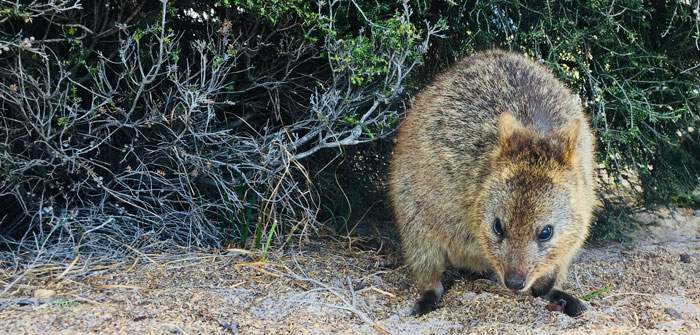
Rottnest is not a resort island in the traditional sense. No mega hotel chains, no glitz or bean-shaped swimming pools. While buses and tours circle the 11-km long island, all visitors arrive on foot, and the primary means of transport is a bicycle. When Dutch sailors first explored the island in the early 1600’s, they named it Rotte nest, confusing the abundant quokkas for rats. Not much happened until European settlers arrived centuries later, failed in their attempts to plant crops, and subsequently turned Rottnest into a penal colony. Today, these same buildings house visitors in self-catered rustic accommodation, and I see families and couples relaxing on their patios, watching cyclists ride down the dusty streets of the main settlement, Thompson Bay.
There are a handful of restaurants, and the local supermarket is well stocked with everything from fresh fruit and veggies to snorkelling gear. I park my bike at the Settlement Railway Station and hop on board a train to the Oliver Hill Heritage Site. During World War II, the Allies installed two massive 9.2 inch artillery guns on Rottnest that could fire a huge 178kg shell. History and war buffs will love the tunnels and gun tour, but Rottnest is really one for nature lovers. It boasts 63 beaches and nearly two-dozen bays, many secluded and quiet enough to own for the day. To get there you’ll have to pedal out, or use the hop-on hop-off bus that circles the island. Parker Point and Salmon Bay, protected by the adjacent marine reserve, have white-sandy beaches. Sand dunes provide a windbreak in stunning Parakeet Bay. Armstrong Bay has outstanding snorkelling, Fish Hook Bay its limestone cliffs. Strickland Bay offers wild waves for surfers, while Henrietta Rocks has a wreck to snorkel. There’s a beach and a bay for everyone, which is why you need a few days to find the one you love most. As for the quokkas, they love all.
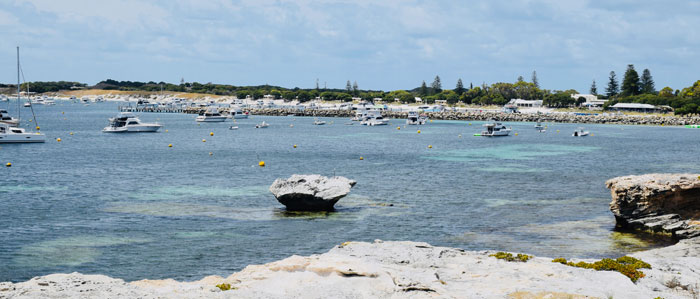
There are some ten thousand quokkas on the island, and they don’t have to worry about becoming road kill. Visitors twist and contort themselves to get the perfect selfie, perhaps one with a quokka raising an eyebrow, or flashing a toothy grin. Roger Federer visited the island and his quokka selfie quickly generated over 500 million views. My wife took a photo of my attempted selfie, a meta-selfie as it were, as I tried to keep my kids from touching their new favourite living stuffy. Authorities strongly advise visitors not to pet, feed or make fun of the quokka, which is detrimental to conservation, and probably hurts its feelings. As always, the quokkas themselves are more than accommodating. I’m convinced these guys are one Pixar movie short from becoming global superstars. Q, from now on, is definitely reserved for Quokka.
Click here for more information about visiting the quokka on Rottnest Island.
Pick up ferry and tour tickets from Rottnest Express.

